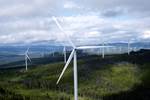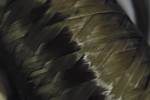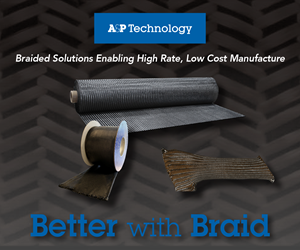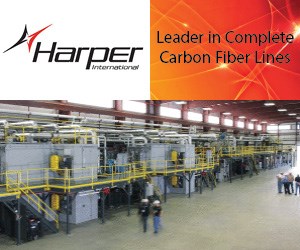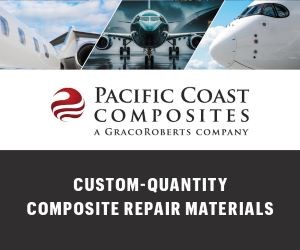Turck’s inductive sensors reliably detect carbon fiber composites
Patent-pending noncontact sensor series detects both carbon fibers and pressed carbon fiber parts with less susceptibility to contamination.
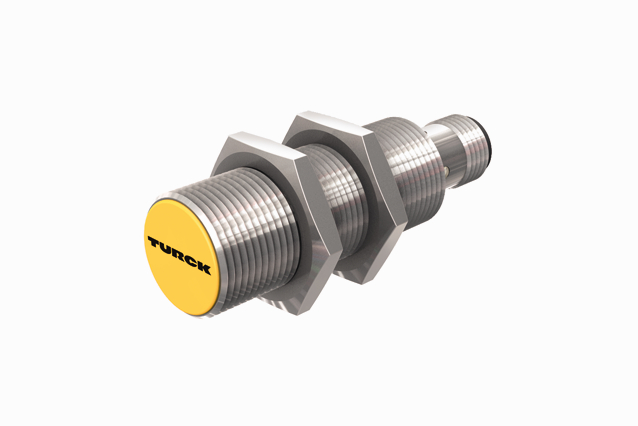
Photo Credit: Turck
Turck Inc. (Plymouth, Minn., U.S. and Mülheim, Germany) has developed what is claims to be the world’s first inductive sensors for detecting carbon fibers. The patent-pending noncontact sensor series enables manufacturers to detect workpiece positions in various stages of automated production to ensure quality, functionality and efficiency requirements are met. In particular, Turck’s sensors are able to detects both carbon fibers and pressed carbon fiber parts. This is particularly important in the automotive industry, the company notes, where high quality, and individually tailored solutions are expected, and where new materials, production technologies and levels of automation require automation solutions to be constantly updated.
Based on the company’s advanced uprox technology, the sensors offer maximum switching distances and maximum installation flexibility for manufacturers and suppliers of products such as cars, wind turbines or sporting equipment.
Compared to solutions used to date, says Turck, the inductive sensors are less susceptible to contamination than optical or capacitive sensors while also being more economical than ultrasonic sensors. They are also highly resilient, thanks to their IP68 protection class and maintain a wide application range between 0-100°C.
The sensors are now available in three initial designs: a threaded barrel version in M18 stainless steel housing with a rugged Duroplast front cap (BI7C) and rectangular versions with a height of either 20 mm (BI20C) or 40 mm (NI40C). Turck offers the devices as PNP changeover contacts with M12 connectors.
Related Content
-
The making of carbon fiber
A look at the process by which precursor becomes carbon fiber through a careful (and mostly proprietary) manipulation of temperature and tension.
-
Recycling end-of-life composite parts: New methods, markets
From infrastructure solutions to consumer products, Polish recycler Anmet and Netherlands-based researchers are developing new methods for repurposing wind turbine blades and other composite parts.
-
Materials & Processes: Fibers for composites
The structural properties of composite materials are derived primarily from the fiber reinforcement. Fiber types, their manufacture, their uses and the end-market applications in which they find most use are described.



